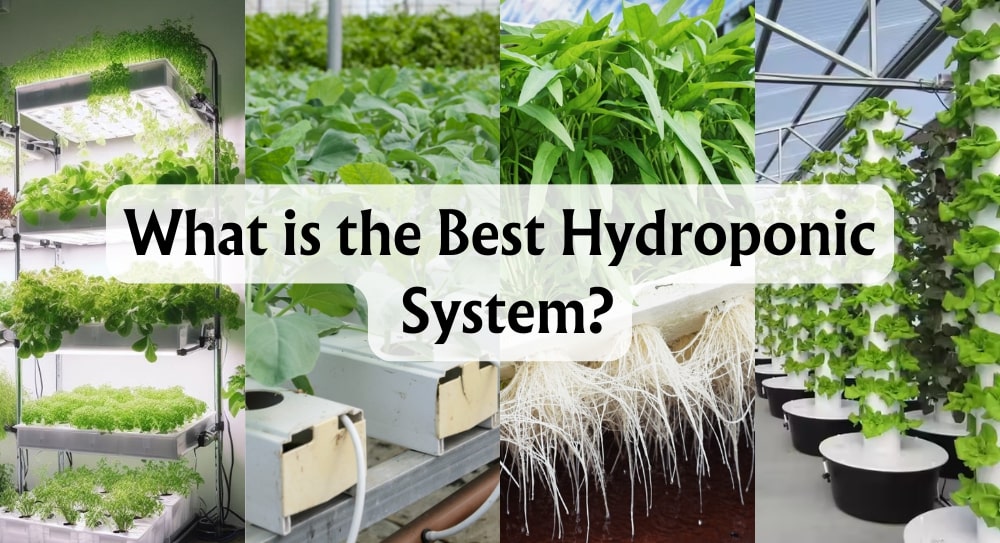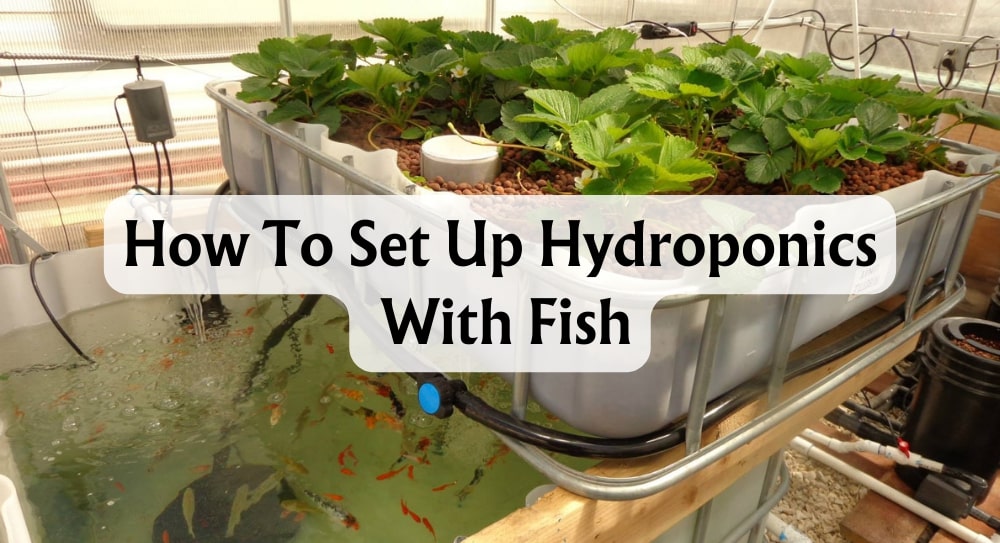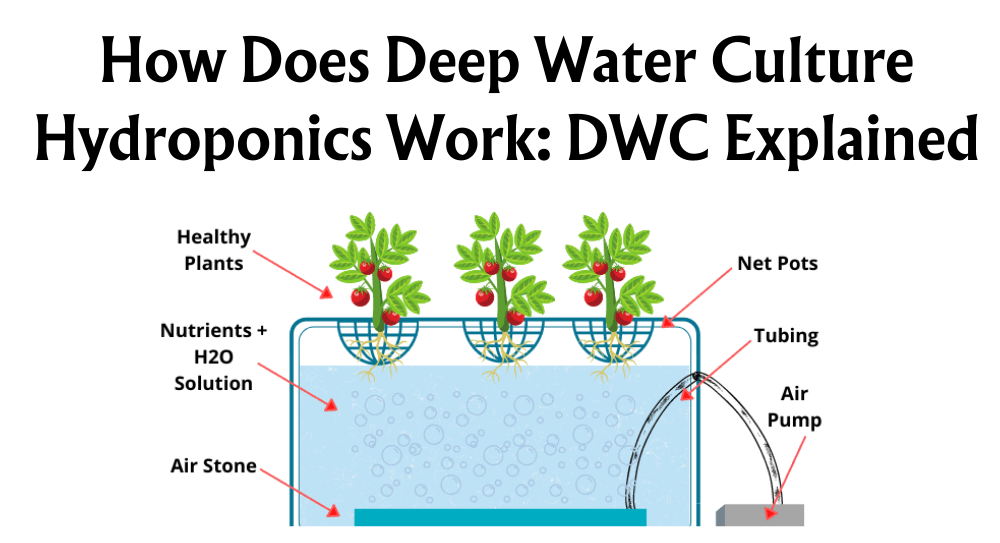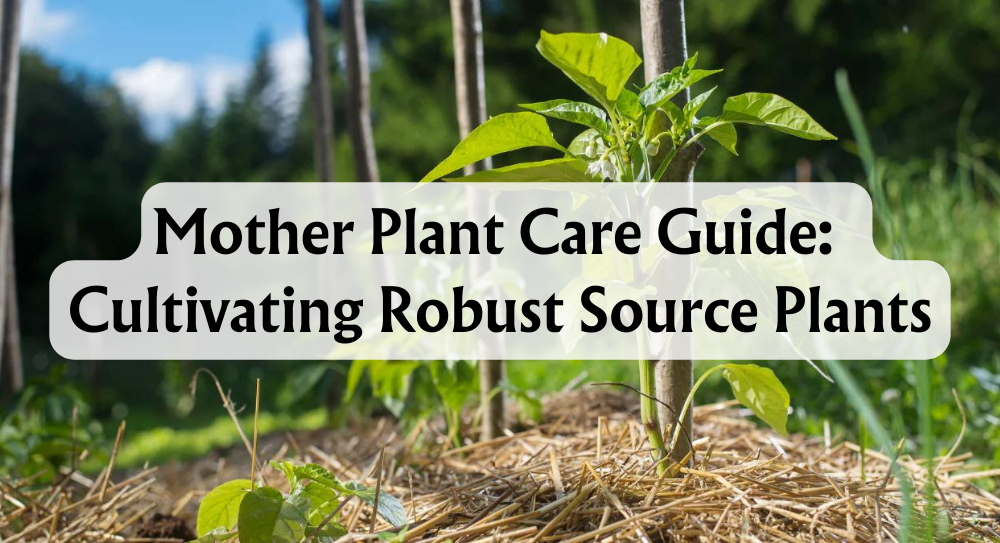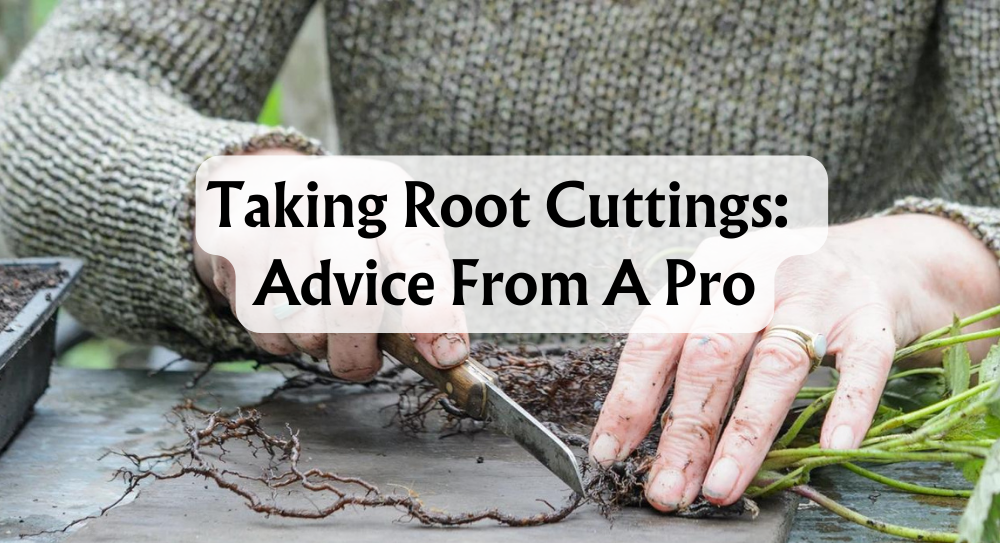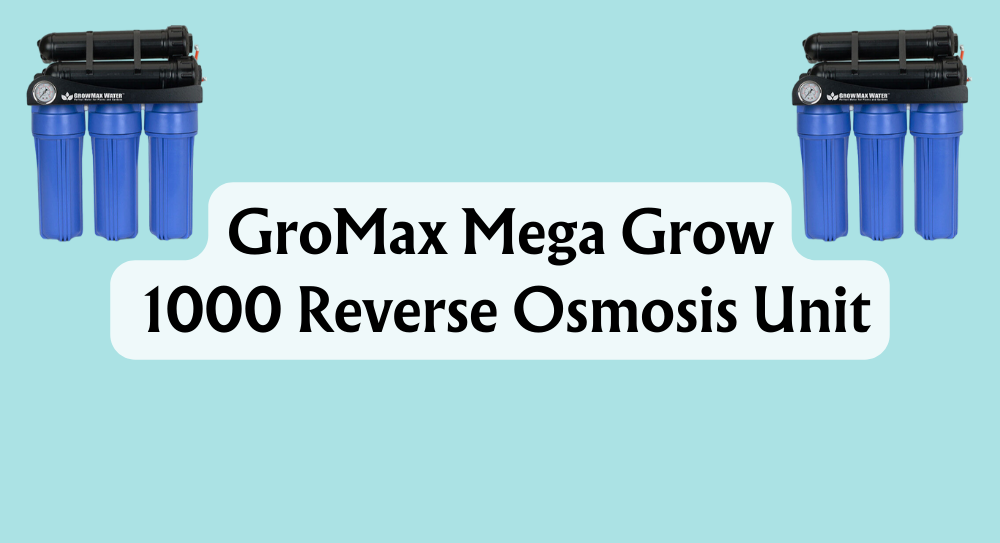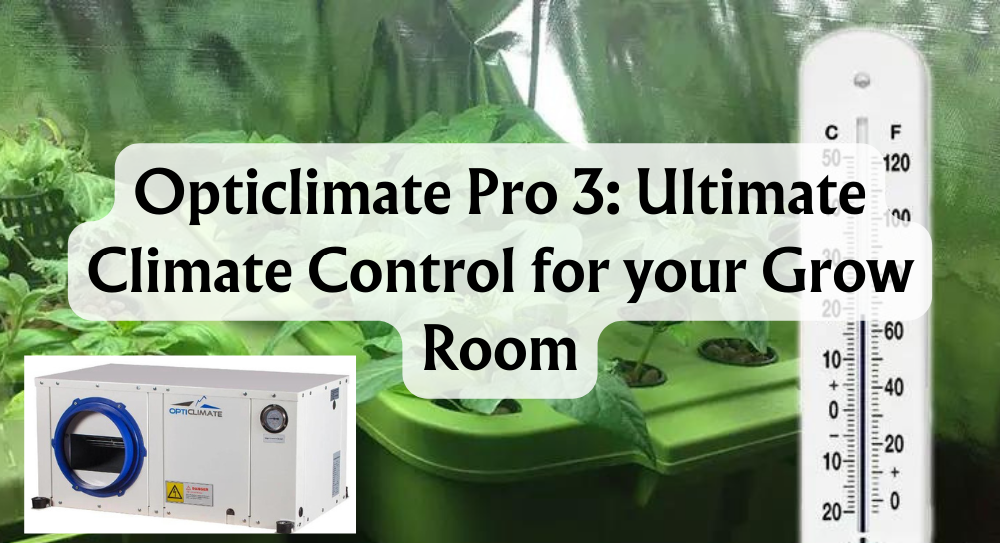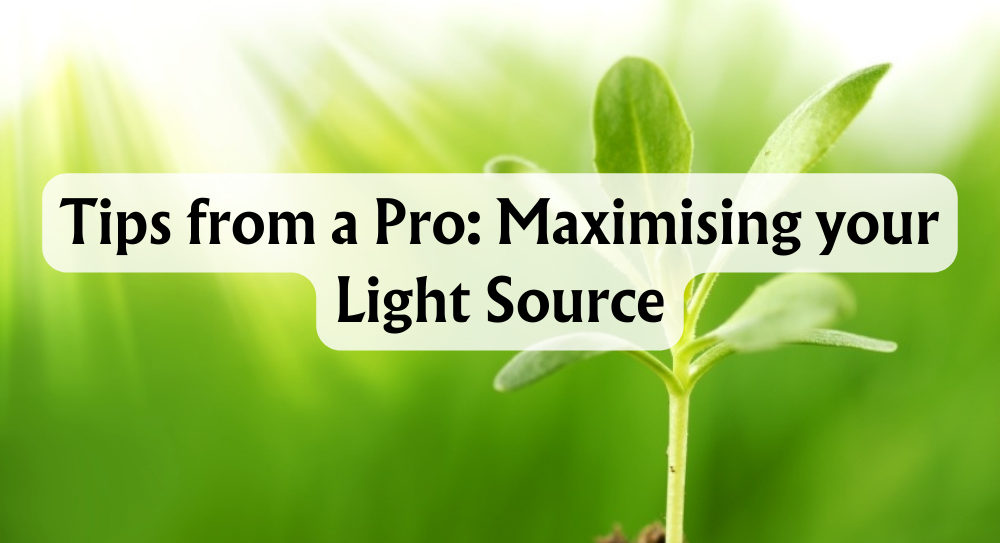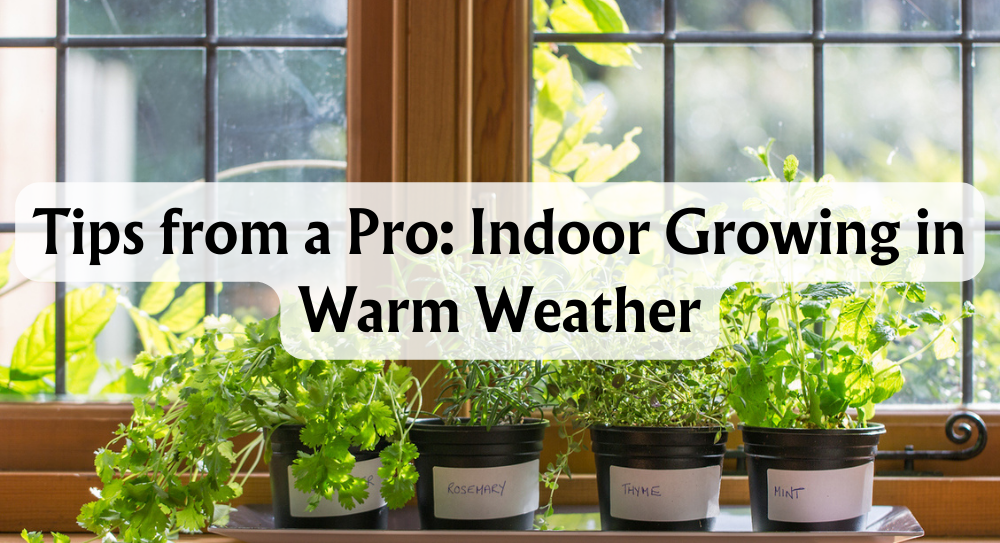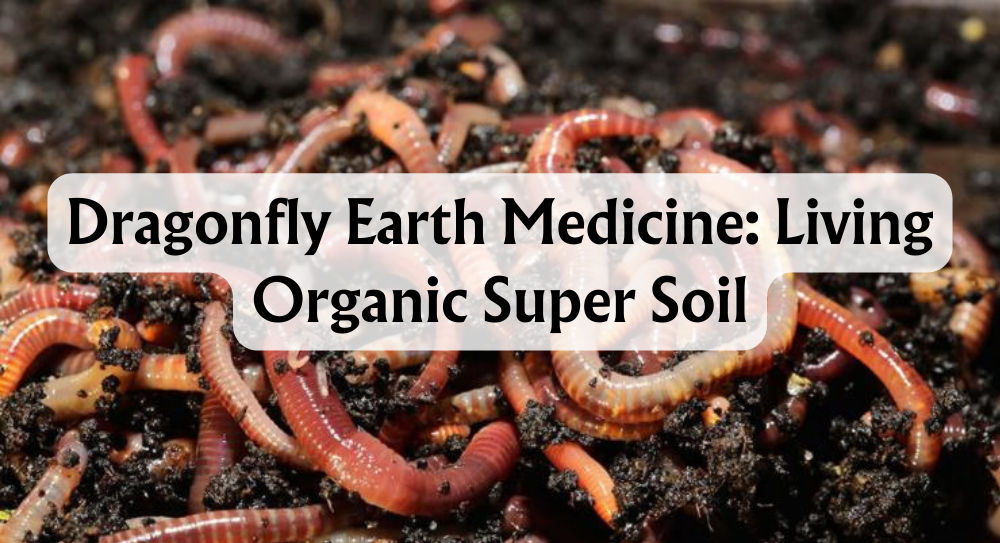What is the Best Hydroponics System?
Unlike traditional gardening which demands vast tracts of land and patience, hydroponics growing gifts us the joys of gardening in minuscule spaces with less water and nutrients delivered straight to the roots. As we bid adieu to cumbersome soil and welcome a variety of hydroponic systems, the question arises: which system is the crown jewel?
Hydroponics is a method where plants thrive on nutrient-rich water without the need for soil. This technique saves water and ensures nutrients are more directly available to plant roots, promoting faster growth and higher yields. It's especially appealing to us urban dwellers with limited space but an unabated desire to cultivate our own fresh produce. As we explore the different types of hydroponic systems, we realise it's not a one-system-fits-all affair. From Deep Water Culture (DWC) to Nutrient Film Technique (NFT) and beyond, each growing system has its ideal use case, depending on what we aim to grow along with our available space and resources.
Before we dive into the nitty-gritty of the best hydroponic growing system for our green companions, we need to consider various factors like the type of plants we want to grow, the space at our disposal, and how much time and effort we can invest. Stay with us as we navigate through the workings of different hydroponic systems and find that perfect match, ensuring our hydroponic journey is bountiful.
Key Takeaways
- Hydroponics enables efficient plant growth without soil, using less water and space.
- Multiple hydroponic systems exist, each with particular benefits for differing needs and preferences.
- Choosing the ideal system requires considering plant types, space availability, and personal commitment.
How Do Hydroponic Systems Work?
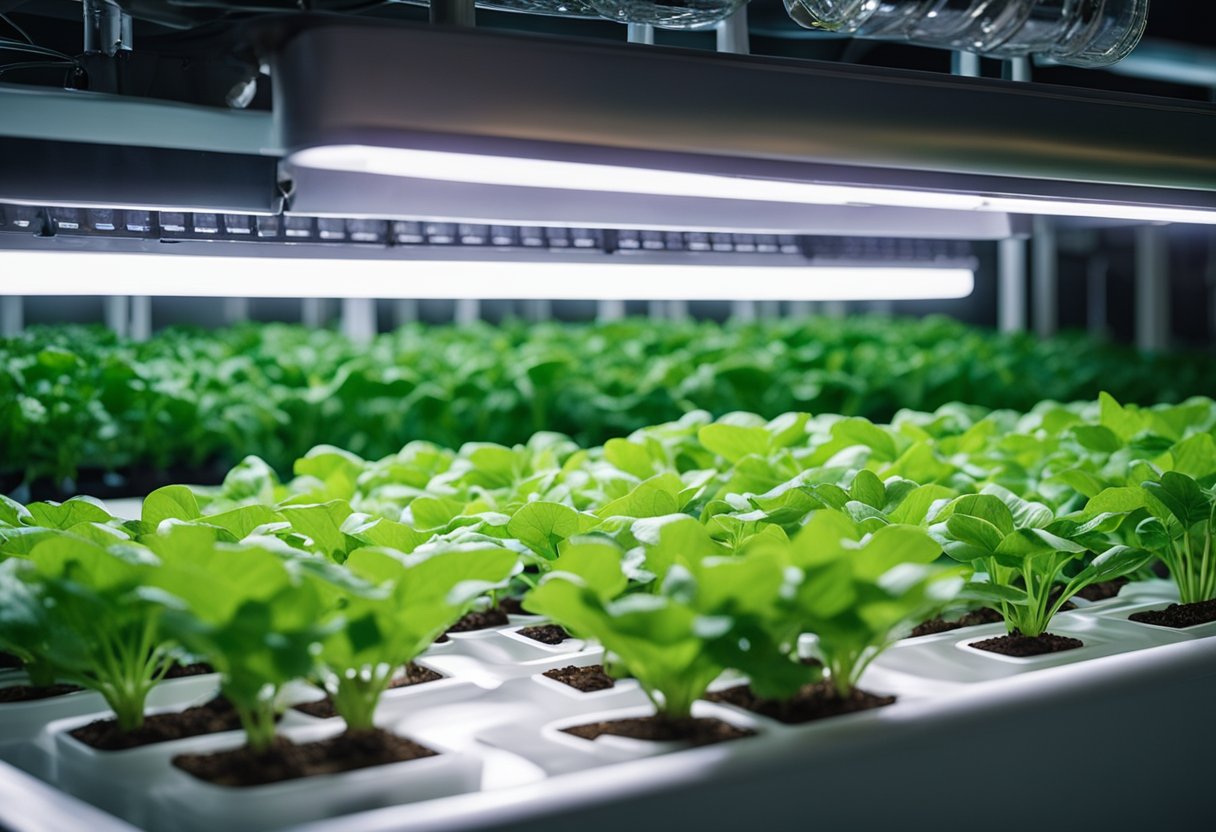
It's all about providing plants with everything they need, just not in the traditional way. Let's dive in!
What are the key components? Well, in our hydroponic garden, critical things come together:
- Reservoir: This is where the magic potion (nutrient solution) lives.
- Water pump: It's the hardworking heart that pushes the solution to the plants.
- Timer: Everyone needs a schedule, and this gadget keeps feeding times regular.
- Tubing system: Consider these as the arteries, delivering nourishment directly to the roots.
- Growing medium: It’s not soil but it supports the plants, like pebbles or coconut coir.
- Nutrients: The plant's food, is dissolved in water.
Here's how it plays out:
- We mix water and nutrients in the reservoir.
- The timer tells the pump to wake up.
- The pump sends the solution through the tubing.
- The plants take a sip via their roots in the growing medium.
Now, why are we fans of this method? Plants grow faster and yield more. There's no soil, so goodbye to typical pests and diseases! Plus, we use up to 90% less water than traditional gardening. With controlled conditions, we can enjoy year-round produce. Isn't that neat?
So, that's hydroponics: no soil, just lots of science and a touch of love to make those green beauties thrive.
What Are the Different Hydroponic Systems
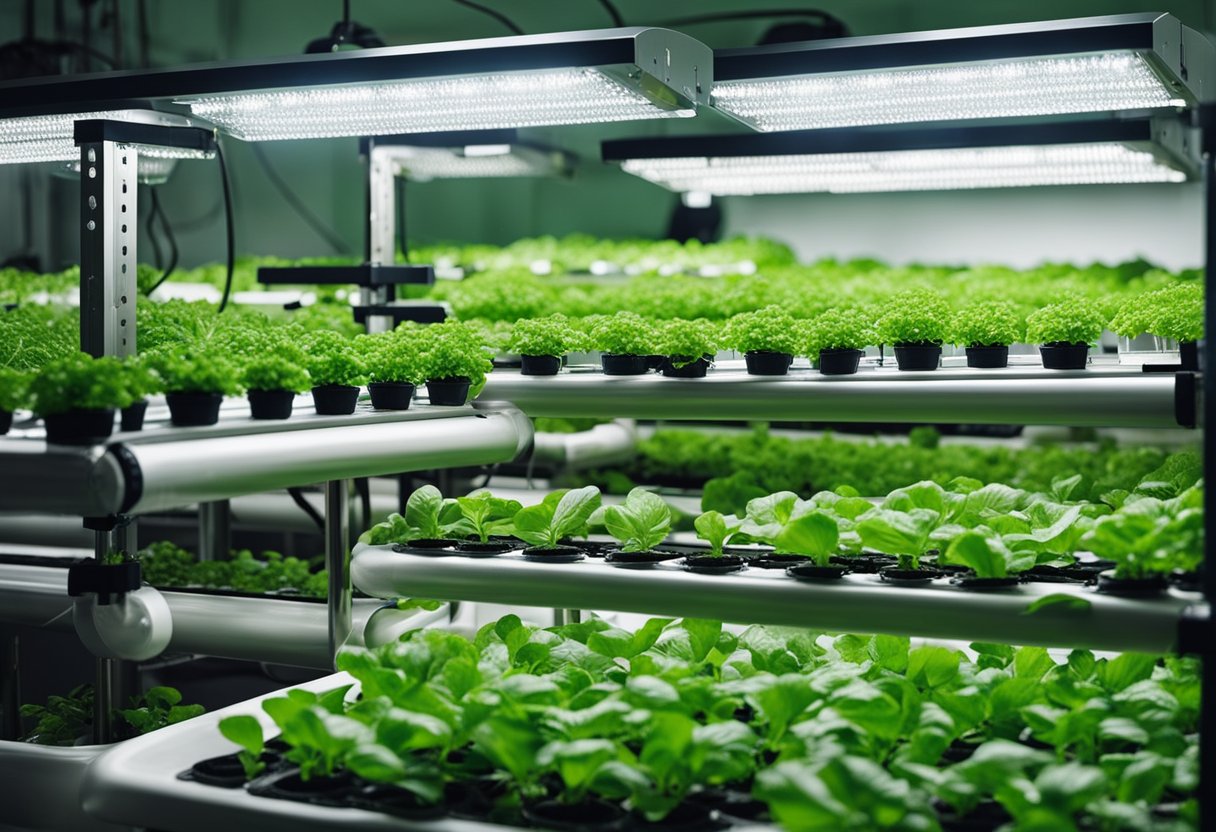
So which type of hydroponics growing system is for you? Well, with various systems to cater to different needs, let's dive into the nuances of what each system offers, shall we?
Deep Water Culture (DWC) is like giving your plants a snorkelling experience. We place the roots in a well-oxygenated nutrient solution, thanks to an air stone that pumps life-giving bubbles. It's fantastic for beginners and allows for rapid growth as the roots are constantly in contact with nutrients and oxygen.
Now, if DWC is snorkelling, the Nutrient Film Technique (NFT) might be akin to plants sliding down a gentle water slide. This method of growing involves a thin film of water running through channels, just bathing the roots in nutrients—no deep diving here. It's efficient and uses water judiciously but might need some monitoring to ensure those roots don't dry out.
Got limited space or a penchant for simplicity? Then Wick Systems might tickle your fancy. We employ wicks that act like tiny sipping straws, pulling the nutrient solution from a reservoir to the grow medium. It's passive and unassuming, asking for little yet offering much to herbs and lettuces.
Envision your plants doing the hokey-pokey—that's Ebb and Flow for you, which is a bit like a dance of water and air. We flood the roots with nutrients and then drain them, allowing the plants to gulp down what they need before getting a breather. It's a balance, much like a good two-step, and roots absolutely love it.
Prefer a more targeted approach? Look to Drip Systems. Just like a precise chef adding just the right amount of seasoning, we can deliver nutrients directly to the roots or grow medium with intricate drip lines—talk about tailored care!
Last but not least, Aeroponics is the fine art of misting roots with nutrient-rich fog, giving them a spa day, every day. They hang in the air, basking in a constant mist, which means they get all the water, nutrients, and oxygen they could dream of.
To sum up, our hydroponic smorgasbord has something for every taste and requirement. Whether we seek simplicity or efficiency, each has its pros and cons, but one thing is for sure - there's a system that fits the bill.
DWC
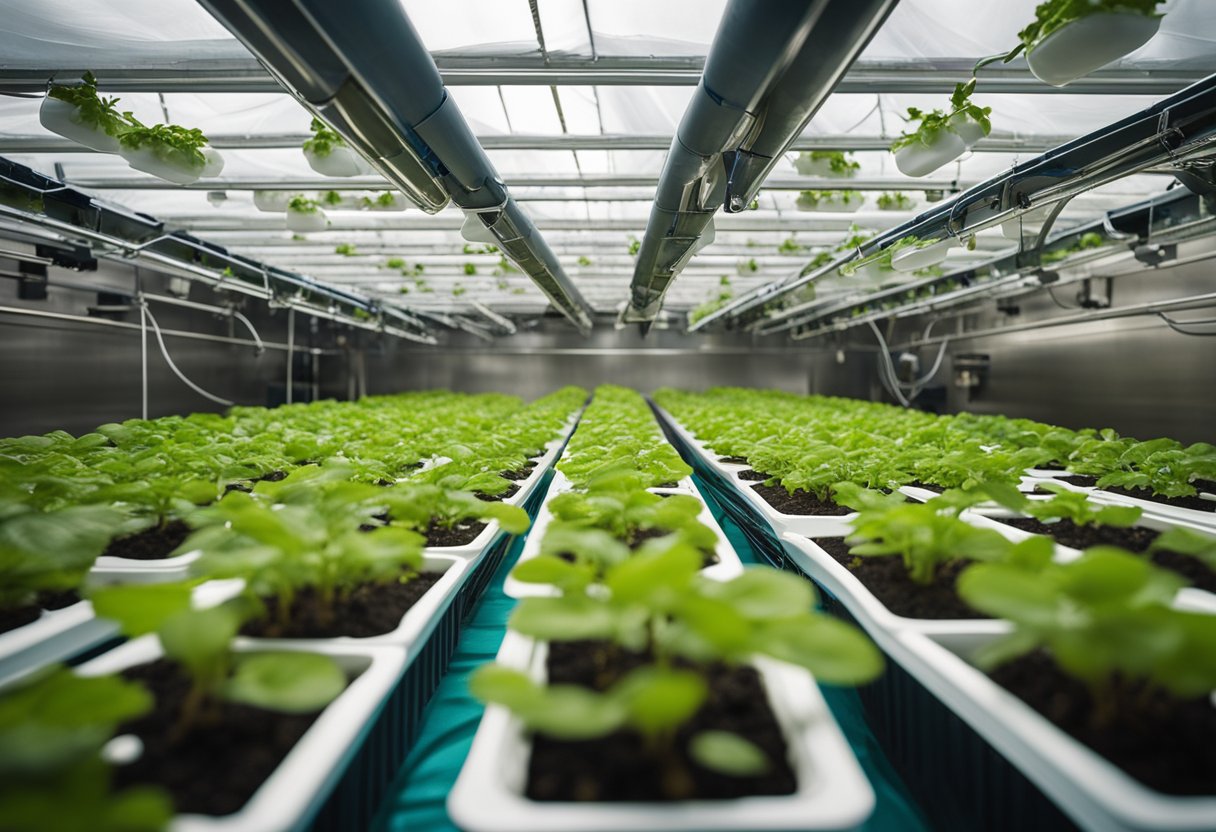
Deep Water Culture (DWC) is arguably the most simple type of system if we're looking to grow hydroponically. Why? Well, because it takes out the complexity and introduces us to a straightforward method that suits both beginners and avid hobbyists.
What is DWC? In the simplest terms, DWC involves suspending plants' roots in a nutrient-rich and highly oxygenated water reservoir. Picture this: the roots are literally hanging out in the water all the time! This setup gives the plants an all-you-can-eat buffet of what they need to thrive, without the hassle of soil.
Let's not forget RDWC, the very same principles but with a recirculating system of water and nutrient delivery.
What can we grow? We're talking about a range of green goodies here. Leafy pals like lettuce, kale, and herbs such as basil and mint love a good DWC system. And don't forget about those juicy tomatoes; they're also great candidates.
Why choose DWC? Let's break it down:
- Low cost: Doesn't break the bank to start or sustain.
- Easy setup: We're talking a breeze to get going.
- Minimal maintenance: More time for us doing…well, anything else!
- High oxygenation: Roots get plenty of O2, leading to happier plants.
Any downsides? Of course, nothing's perfect. Here's the trade-off:
- Large water consumption: Be mindful of the H2O bill.
- Risk of root rot: Those roots love oxygen, but too little can spell trouble.
- Low flexibility: It can be a bit of a bother to alter the nutrient mix once it's set.
- Nutrient solution change: Swapping out the solution? Prepare for a little elbow grease.
So there you have it, a quick dive into the world of DWC. Whether we're green-thumbed gardeners or sprouting beginners, DWC offers us a straightforward path to lush growth and bountiful harvests. Why not give it a go?
NFT

Nutrient Film Technique (NFT) is another soilless delight.
Here's a snapshot:
- Method: Continuous flow of nutrient solution
- Plants: Lettuce, spinach, arugula, cilantro, strawberries
- Benefits: Space-efficient, conserves water, enhanced yield
- Challenges: Higher initial expense, electricity-dependent
Now, let's unearth the essence of NFT. In this technique, plants are nestled in channels, with their roots dangling freely. A thin stream of water enriched with nutrients, aptly described as a 'nutrient film,' cascades beneath them. This constantly moving water means plants receive a uniform supply of nutrients and oxygen around the clock.
Think of it as an all-you-can-eat buffet for plants! We've seen lettuce, spinach, and fragrant herbs like coriander flourish here. Even strawberries relish the NFT system's efficiency and we're chuffed with the bountiful harvests.
But it's not all plain sailing. While we love how NFT pares down the land footprint and is a whiz at water conservation, we can't ignore its kryptonite. It asks for a tidy sum to set up, guzzles power, and doesn't take kindly to power outages. Not to mention, a blocked channel can spell disaster, so keep an eye out!
Despite the hitches, we reckon the NFT system is a robust contender for those looking to maximise produce in minimal space whilst nodding to sustainability.
Wick
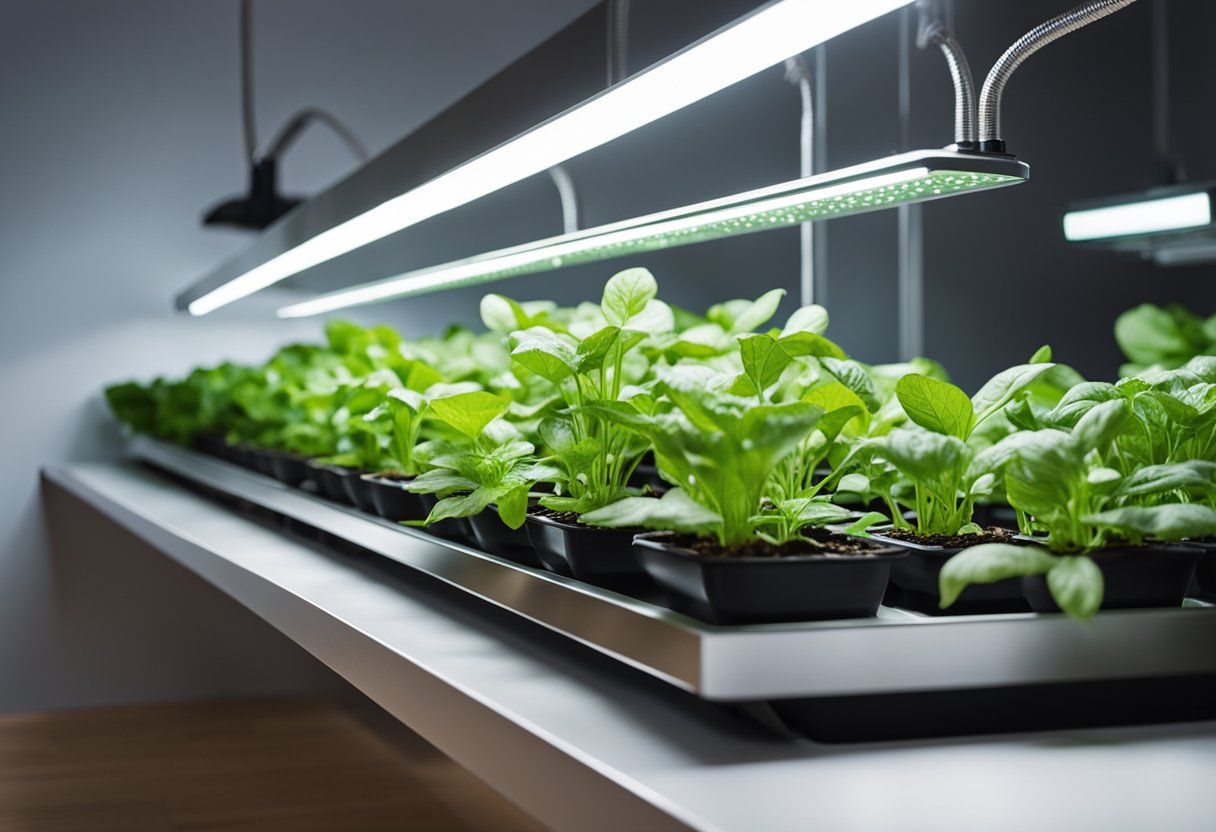
So what is the most straightforward system to work with? Well, look no further than wick systems. They're among the oldest and certainly one of the cheapest ways to grow plants hydroponically. Perfect for both small-scale gardening and indoor setups, the charm of the wick system lies in its remarkable simplicity and reliability.
Let's get into how it works. Essentially, we use a wick, typically a cord made of an absorbent material, to connect our grow medium—think coco coir, perlite, or vermiculite—with the nutrient solution. This allows our plants to drink up just the right amount of nutrients they need. It's brilliant in its passivity; no electricity, pumps, timers, or moving parts required!
- Advantages:
- Simplicity: Easy to assemble and manage.
- Reliability: Minimal moving parts provide consistent results.
- Affordability: Inexpensive compared to other systems.
Here's a little sneak peek at what we can grow: herbs like basil or rosemary, cheerful marigolds, and even resilient succulents. They thrive in this setup, mainly because the likes of rosemary don't need much water. It's a smart pick for beginners or educational purposes.
- Disadvantages:
- Limited capacity: Not ideal for larger, hungrier plants.
- Prone to imbalance: Nutrient levels can be tricky to perfect.
- Root rot risk: Over-saturation can lead to fungal woes.
Remember, our wick system is a balanced act. If our wick is too chunky, we risk overwatering, and if our nutrients aren’t spot on, our plants could start feeling a bit under the weather. So, while our system is affordable and straightforward, we must keep our green thumbs attentive to avoid tipping the scales towards those disadvantages.
Ebb and Flow
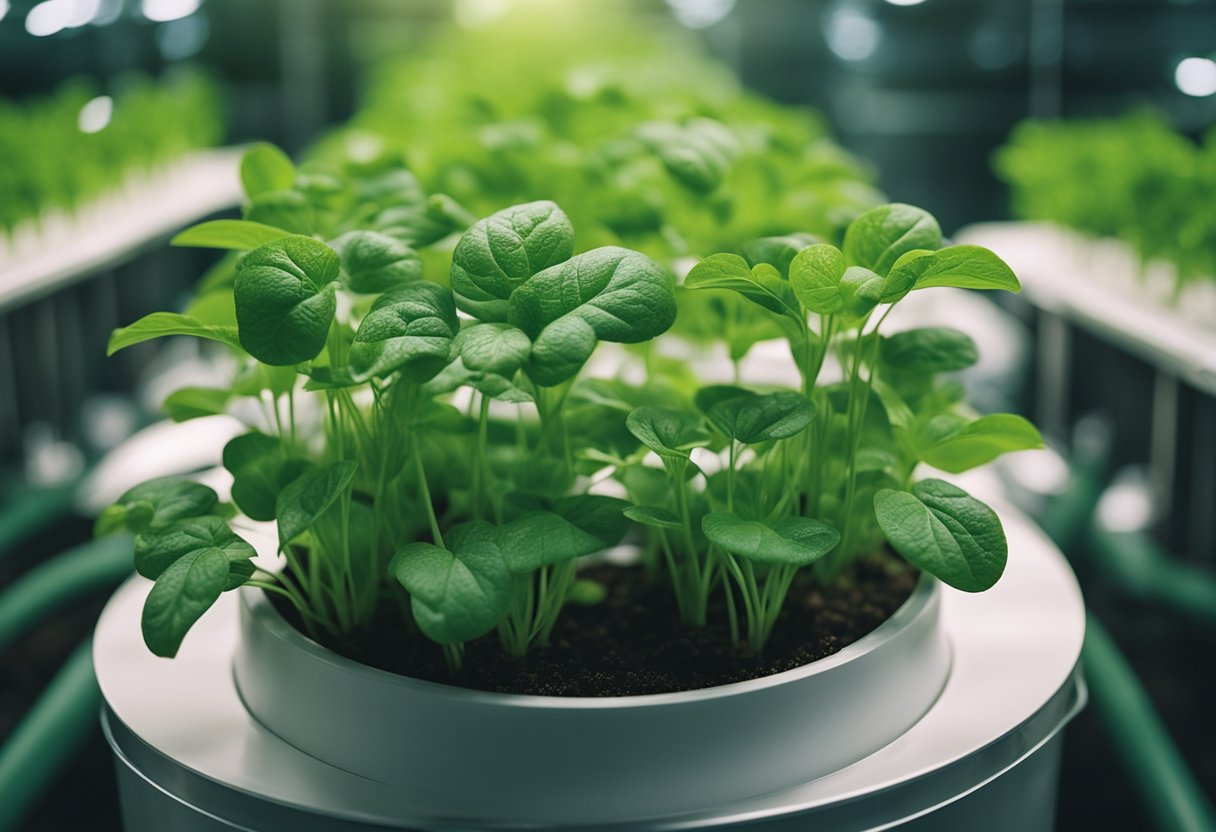
Have you ever wondered about a hydroponic system that gives you the freedom to dabble in a variety of plants and mediums? That's precisely where the Ebb and Flow method comes into play. Imagine a tray where we can flood our plants with nutrient-rich water at intervals set by a timer—sounds neat, right? This is the heart of an Ebb and Flow system, also known as flood and drain hydroponics.
Here's the lowdown:
- Timer: Automates the flooding and draining cycle
- Tray: Contains the plants and the growing medium
- Flood and Drain: Ensures an optimal balance of water and oxygen
What's exceptional about this system is its versatility. We can use various growing mediums like clay pellets, rockwool or even gravel. Plus, we're not limited to one type of plant. Fancy some peppers or cucumbers? Go for it! Or perhaps zucchini and melons? They'll thrive too.
Advantages of Ebb and Flow:
- Flexibility: Easy to tweak to our plants' liking
- Compatibility: Works with numerous plant types
- Customizability: Can adjust the system to our space and needs
- Nutrient: Prevents salt buildup and depletion
But every rose has its thorns. There are a few downsides:
- High initial cost: It's an investment to start
- Maintenance: Requires our attentiveness
- Water consumption: It can be thirsty work
- Electricity dependency: No power, no function
So, if you're after a system that lets us experiment and doesn't mind a bit of tinkering Ebb and Flow could be your hydroponic hero. Just be mindful of the extra care it craves.
Drip
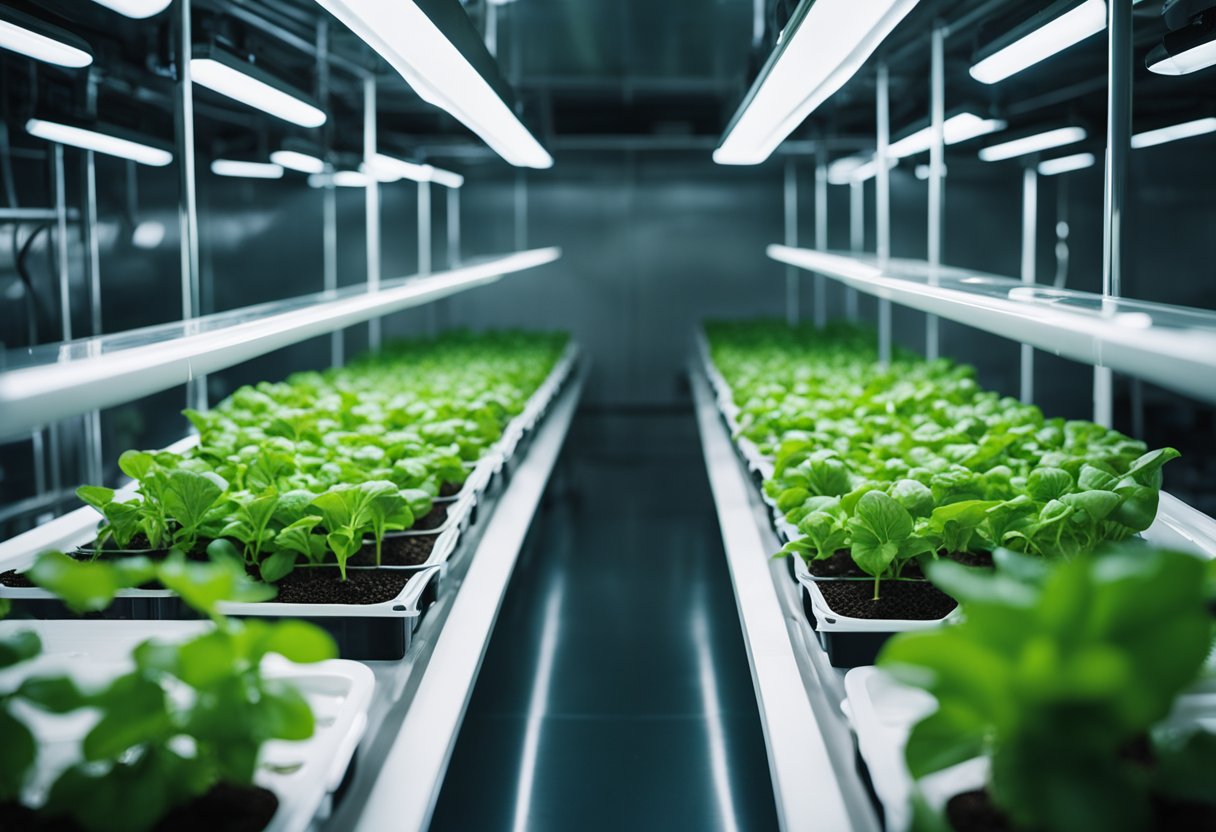
The Drip system shines in hydroponics, and it's quite a popular choice among us folks who value control and efficiency.
So, what's Drip all about? It's a method where an irrigation system slowly administers water and nutrient solution directly to the grow medium via a network of tubes. This is regulated by a timer that schedules the drips, ensuring that plants receive the exact amount of nutrients they need.
Pros of Drip Hydroponics:
- Precision feeding for plants
- Efficient use of water and nutrients
- Effective for large and heavy plants
- Works well with various grow mediums
Cons of Drip Hydroponics:
- Complexity and expense in setup
- Risk of clogs and leaks
- Potential evaporation losses from water level
- Needs regular observation and tweaking
Now, we can't just set it and forget it, can we? A bit of TLC is needed to keep things running smoothly and to avoid the drip emitters getting clogged or the system leaking. That's just part of the game.
Don't let its intricacies deter you, though. Once you're up and running, you'll appreciate how drip methods can scale from small home setups to large-scale operations. It's quite a versatile technique!
Aeroponic
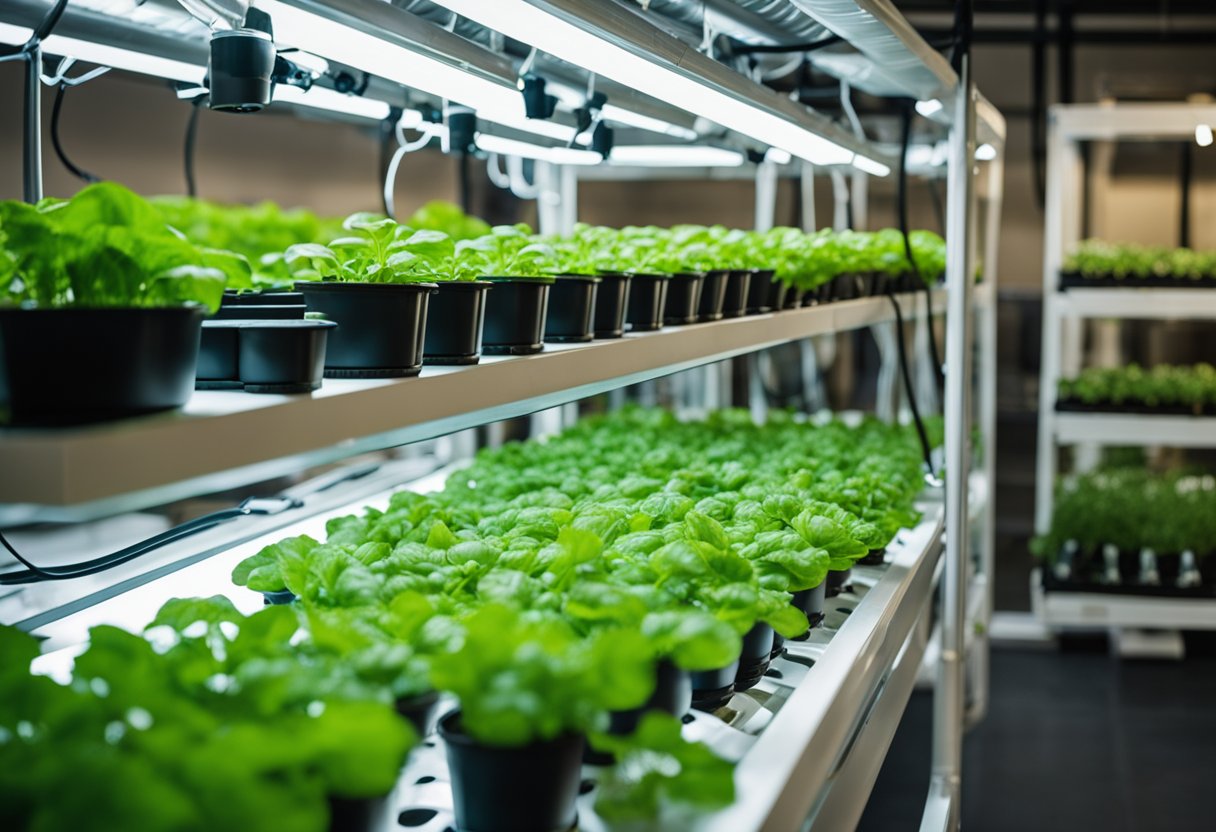
Ever wondered if we can nurture plants in mid-air? That's basically what aeroponics is about! We take plant roots, suspend them in the air, and supply nutrients through a fine mist. And guess what? It's a cutting-edge approach to hydroponics that's captivating growers across the globe.
In aeroponic systems, the absence of soil and the use of mist allows roots to absorb more oxygen. Why does this matter? Well, higher oxygen levels boost plant metabolism, which can lead to faster growth rates and stellar plant quality.
Here are some greens you'd find thriving in our aerogarden:
- Lettuce
- Kale
- Basil
- Mint
- Microgreens
These are not just any plants; they're poster children for aeroponics, showing off lush leaves and vibrant flavours.
Advantages? We've got plenty:
- Speed: Plants grow rapidly due to efficient nutrient uptake.
- Quality: Nutrient delivery straight to the roots equals happy, healthy plants.
- Water and Nutrient Efficiency: Uses up to 95% less water compared to traditional methods.
- Aeration: Maximizes oxygen exposure, a big win for plant growth.
But, our aeroponic journey isn't all sunshine and raindrops. The system can be rather pricey, and believe us, it's complex. You'll need a steady supply of electricity, and those nifty misting nozzles? They're prone to clogging. And don't get us started on the vulnerability to power outages!
Choosing the Best Hydroponics System
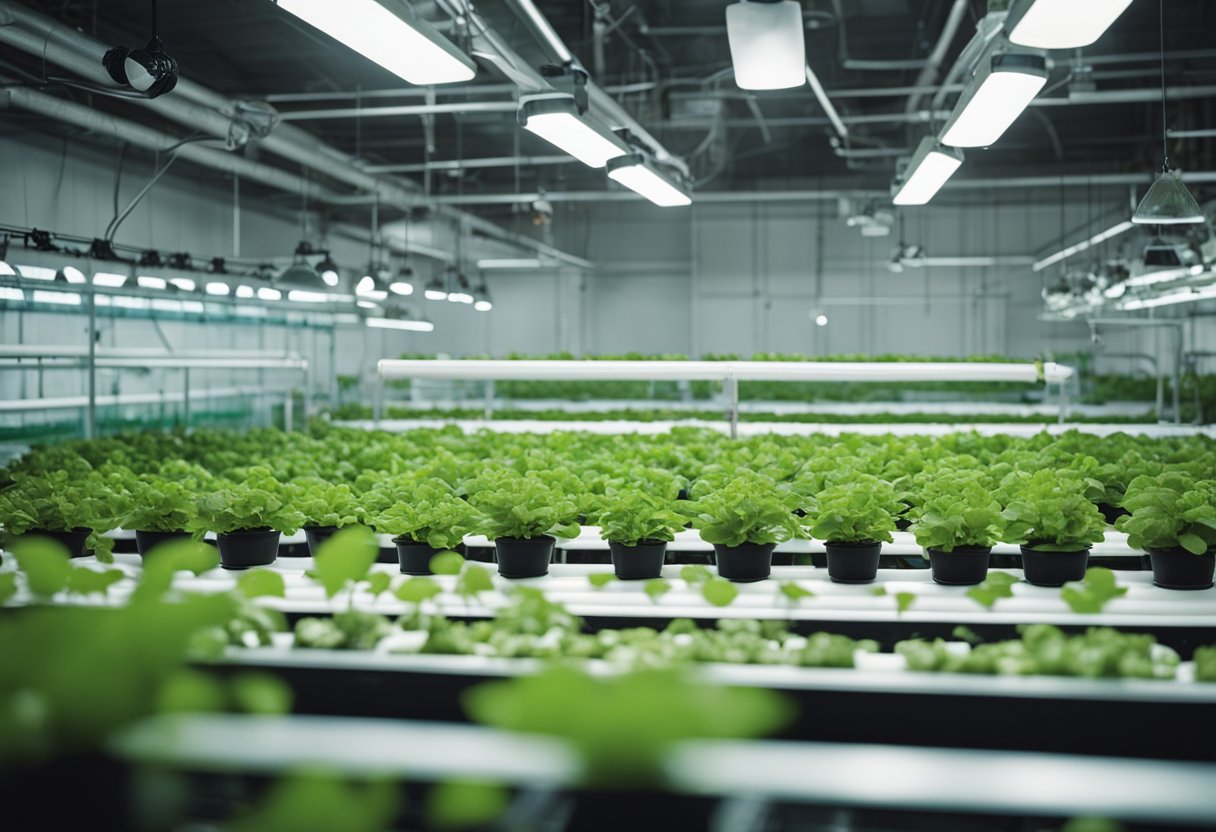
When we're on the lookout for the best hydroponic system, it's key to remember that one size does not fit all. Each system comes with its unique set of advantages and constraints, and what works for one grower may not suit another. Wondering where to start? Let's consider a few crucial aspects:
-
What's on your gardening list? It's about understanding your plants — their water and nutrient needs, and their preferences for light and temperature. Are you eyeing a leafy indoor herb garden or do you plan to support a variety of larger veggies? The number of plants and types of plants you wish to grow will influence your choice.
-
Your personal garden canvas. The space available, your budget, the time you can commit, and not to forget — your gardening prowess — all play pivotal roles in your decision. And of course, what are you hoping to achieve with your hydroponic garden?
-
The nuts and bolts. The system's features are the backbone of your hydroponic garden. We're talking about the method of water and nutrient delivery, choice of growing medium, type of lighting, and those handy timers and pumps. Monitoring and control devices might also be on your wishlist.
So, we've mapped out the landscape — now it's your turn to pick a path that's best for your garden adventure.
Conclusion
We've explored an array of hydroponic systems, and we've found that there's no one-size-fits-all answer to your indoor garden.
Let's not forget the importance of sustainability. Hydroponic systems are a step towards more sustainable agricultural practices. By circulating water in a closed system, these systems use water more efficiently than soil-based gardens. Plus, the fact that we can boost plant growth and yield with fewer resources is a big win!
Of course, there are nuances and considerations. Some enthusiasts might raise an eyebrow about the initial setup costs or the learning curve of mastering these systems. And they're not wrong. Yet, isn't it thrilling to learn something new, especially when it can help us grow luscious lettuce or plump tomatoes right in our living room?
So, what’s the takeaway? Embrace the innovation that is hydroponic systems! They're not just about increasing yields or saving water, they're about us taking a conscious step towards a more sustainable future, all while enjoying the fruits (and vegetables) of our labour. And who knows? You might just find it to be the most rewarding thing you've ever done with water.







 Store Locator
Store Locator
